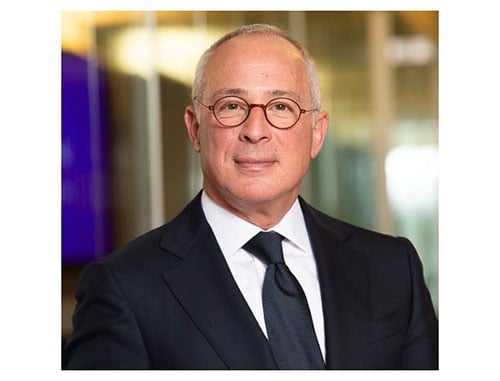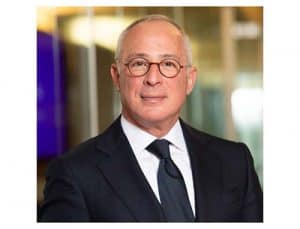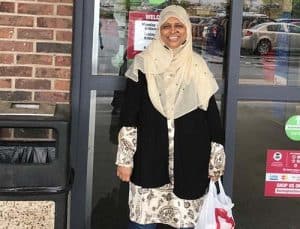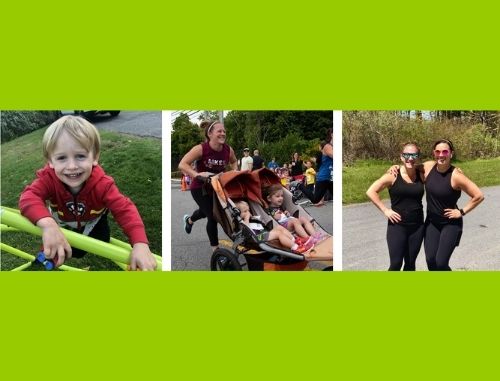Carrying the Lessons of the Pandemic into the Future

March 29, 2021
Every smart CEO is considering how the lessons of the pandemic can carry over into the future. The fundamental question: How can we leverage the knowledge we’ve acquired this past year to enhance the company’s overall performance?
Articles over the past six months by Accenture, McKinsey, Harvard Business Review, McLean and Company and others, suggest a coalescing of opinions on the workplace in four major areas:
1. Technology
The digital transformation has changed how we work. Hardware and software that revolutionized the work-from-home experiences and team collaboration are increasingly commonplace. Companies that make smart decisions on how to effectively combine the in-office employment model with remote employment models will most likely gain a competitive edge. Where has your company benefited from remote work? How can remote work become integrated into your employment practices? There is no reason to believe that a one-size-fits-all model is necessary or even the most beneficial to the company or its employees.
2. Culture
Over the past year, some employers have been watching their culture evolve into a virtual model and others, seeing the writing on the wall were driving the evolution. Culture is too important to simply allow it to evolve. Building a remote culture must be intentional—ensuring that best practices emerge. Because the most effective, competitive companies will see some combination of remote and in-office employment models, there needs to be an understanding and planful integration of the two cultures.
McLean & Company’s 2021 HR Trends Survey of 850 business professionals conducted in October and November of 2020, citied that the pandemic brought to the fore challenges in the workplace around diversity, equity, and inclusion (i.e. childcare, remote access, pay gaps, and others). Smart companies are actively making DEI a top priority, challenging organizational norms and building a culture that retains top talent and realizes the many benefits of a diverse workforce.
3. Talent
There are opportunities to innovate around recruiting and rewarding talent. First, companies should re-assess their location-based pay bands and recruiting strategies, because remote working allows employers to cast a wide net to obtain top-notch talent. Some major HR consulting firms like McLean and Company suggest that support for working-at-home may become an employee perk, with packages including anything from home broadband and office furniture to childcare support.
4. Performance Control
Ensuring the productivity of employees at all levels has always been a top priority. Employee incentive models, supervisory training, team building and performance tracking are some of the practices that have been put in place to enhance employee productivity. For some leaders, this issue is more critical in a remote working environment. Setting up supervisory and technological structures to ensure the productivity of both in-office and remote staff is critical.
This is a time for innovation. Companies committed to evolving–with all the learning the pandemic has afforded–will be best positioned for strong future performance.


 Marc S. Cooper is Chief Executive Officer of PJ SOLOMON. He was previously Vice Chairman and joined the firm in 1999 as a Partner and Managing Director.
Marc S. Cooper is Chief Executive Officer of PJ SOLOMON. He was previously Vice Chairman and joined the firm in 1999 as a Partner and Managing Director.
 Arifa Hossain came to the United States from Bangladesh with her husband and two children in 2016. Eight months after they arrived, Arifa’s husband tragically passed away, leaving her alone to raise and support two young children. Arifa was terrified—she never left the house alone or traveled alone, and didn’t speak English. She had no employment history. All decisions were made by her husband.
Arifa Hossain came to the United States from Bangladesh with her husband and two children in 2016. Eight months after they arrived, Arifa’s husband tragically passed away, leaving her alone to raise and support two young children. Arifa was terrified—she never left the house alone or traveled alone, and didn’t speak English. She had no employment history. All decisions were made by her husband.





